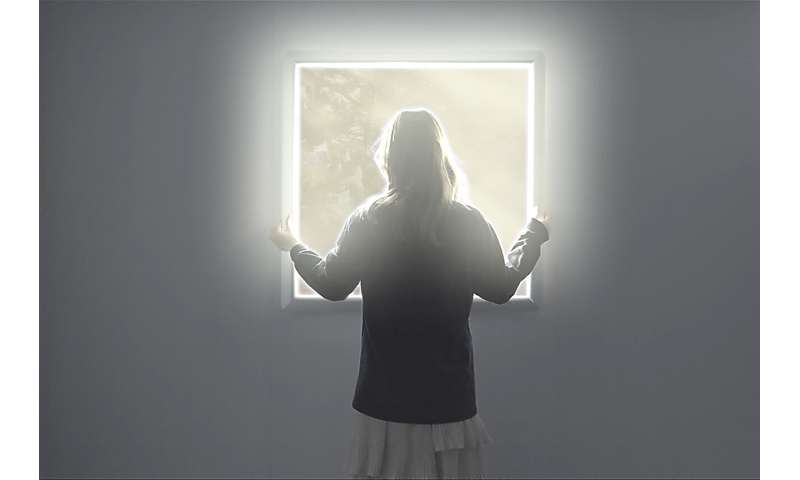Researchers imagine future see-through objects

Project Researcher Naoto Takayama, Yu Uchikura, and Professor Miles Pennington of DLX Design Lab at Institute of Industrial Science, The University of Tokyo (hereinafter DLX Design Lab ), in collaboration with Professor Tetsu Tatsuma, Assistant Professor Takuya Ishida and Project Research Associate Seung Hyuk Lee of Institute of Industrial Science, The University of Tokyo (hereinafter IIS), have produced a five-minute video summarising the technology for creating nanoparticles using an innovative approach with light and the future possibilities it offers. The video introduces in an easy-to-understand manner how these tiny particles may in the future lead to new materials called 'metamaterials' that can freely manipulate light and perform unique properties, such as making materials appear transparent. The video was produced as part of DLX Design Lab Treasure Hunting Project, which aims to communicate the value and future potential of scientific research to the general public.
At the beginning of the video, we introduce the 'Future Window', which would allow people to see outside from their basements. We also show the special nanoscale particles that are necessary to achieve this conceptual product.
Next, we introduce technology for easily creating these special particles with light, through work being done in the Tatsuma Lab. In summary, the particles are grown spontaneously by light using a chemical method.
A model is used to illustrate how, if special nanoparticles are created and well aligned, they could make it possible to bend light at will.
The DLX Design Lab and Tatsuma Lab collaborated to design a roadmap for the realisation of the 'Future Window'. The first step is to create particles, which must then be arranged in planes and even three-dimensionally.
It is predicted that development of the 'Future Window' will also derive light absorbent solar panels without reflection and translucent walls and columns that allow only certain colours of light to penetrate. One day, there may be a 'Future Window' that transmits full colour and even heat. The 'Future Window' will have the same effect as looking directly at what is outside the window, rather than seeing an image as on an LCD or other display. Sunlight shines through and shadows are created. You can look in, and even bask in the sun.
While the technology behind this concept is promising, the 'Future Window' is still in the realm of science fiction. As this video shows, by drawing a concrete image of the future (even if it is still science fiction) researchers become keenly aware of what they need to do to get closer to that future.
DLX Design Lab's Treasure Hunting Project has so far given form to the various research results produced at IIS, and through exhibitions and workshops has communicated the excitement and potential of science to the general public. However, it is not always easy to give form to research that deals with objects not seen by the human eye such as nanomaterials and molecules, or research that is far from being applied or realised. Using moving images to visualise the future and express it in a multifaceted and easy-to-understand manner is considered very effective in communicating to the general public about the significance of research that is difficult to give form to immediately.
DLX Design Lab will continue to use various forms and means, including these videos, to contribute to communicating the "treasures" of humanity—the results of scientific research—to society.
Provided by University of Tokyo